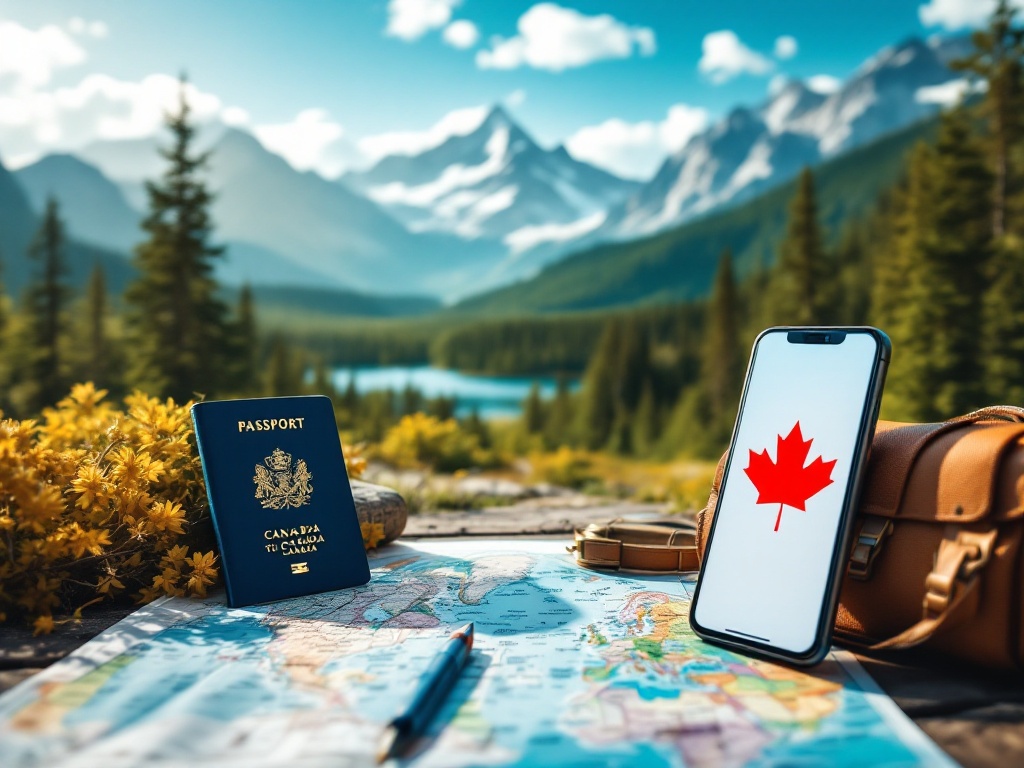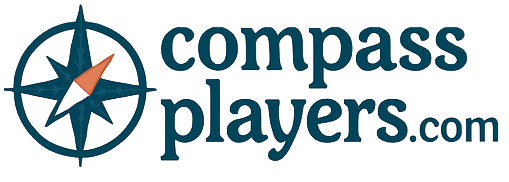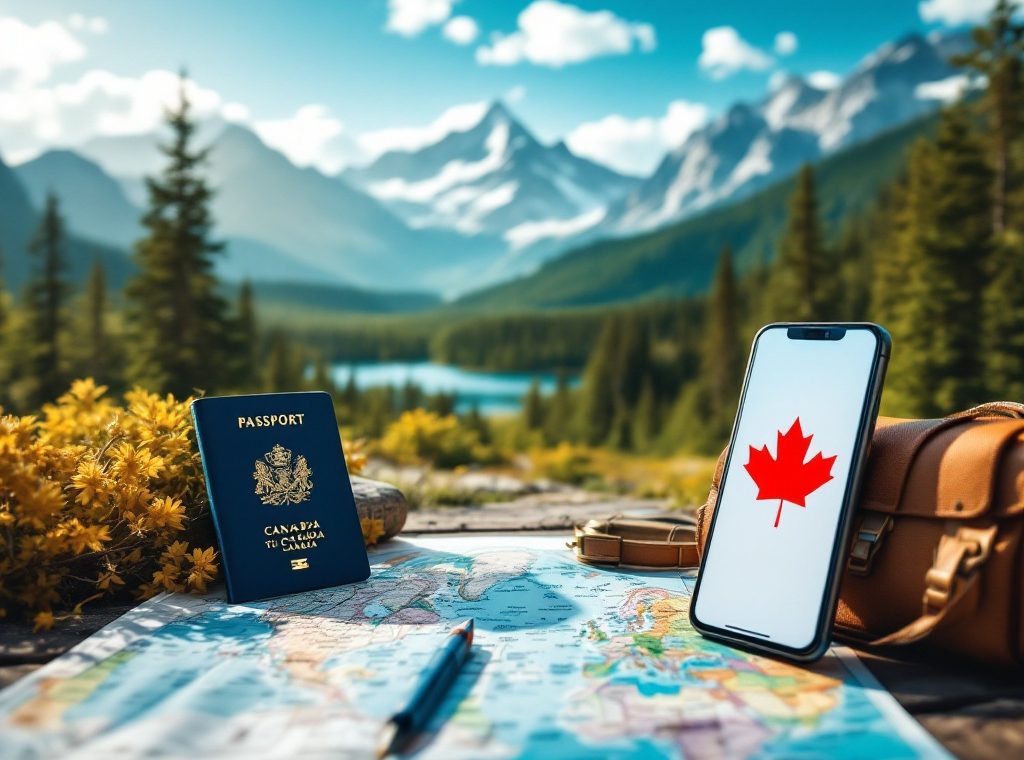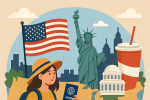What to Know Before Traveling to Canada
Planning a trip to Canada? This comprehensive guide covers everything you need for a smooth journey. Learn about essential travel documents, including passport requirements for U.S. citizens and documentation for children. Discover customs and declaration procedures, plus tips for saving time at the border with programs like NEXUS and ArriveCAN. We’ll also explore driving regulations, healthcare advice, and even pet import rules. Start planning your Canadian adventure today!
Important information

- U.S. citizens need a valid passport for stays under 180 days. Children under 16 can use a birth certificate or naturalization certificate.
- Travel insurance is highly recommended as healthcare for visitors can be expensive.
- Declare all goods at customs, including alcohol, tobacco, food, and firearms, as they have specific regulations.
- A U.S. driver’s license is valid in Canada; ensure your car insurance covers you there. Be aware of wildlife and winter driving conditions.
- Canada uses the metric system (kilometers, Celsius, kilograms) and tipping is customary (15-20% in restaurants).
Entry Requirements for Traveling to Canada
U.S. citizens traveling to Canada for less than 180 days need a valid U.S. passport. Children under 16 are exempt from this requirement. All other visitors must carry a passport to confirm their identity and citizenship.
What Identification and Travel Documents Are Needed?
Ensure you have a valid passport or travel document for your trip.
Canadian permanent residents should also carry their permanent resident card.
If traveling with children, bring copies of their custody documents.
Each traveler needs to complete a customs declaration.
Do U.S. Citizens Need a Visa?
U.S. citizens can enjoy visa-free travel to Canada for tourism, provided their stay is less than 180 days. A valid U.S. passport is required for entry.
What Is Required for Children Traveling?
Traveling to Canada with children under 16 requires specific documentation. Young U.S. citizens can enter Canada with proof of U.S. citizenship, such as a birth certificate or naturalization certificate. If the child travels with only one parent, a consent letter from the other parent is required. It is also recommended to bring any applicable legal custody documents.
Understanding Canadian Customs and Declarations
Declare everything you bring when entering Canada.
Customs declarations help border officials track goods and enforce restrictions on items like firearms, food, and agricultural products.
Familiarize yourself with these regulations before traveling to avoid penalties, including fines and potential forfeiture of undeclared goods.
Be prepared for a possible secondary inspection upon arrival, where officials will examine your luggage and verify your declarations.
How to Complete a Customs Declaration
One customs declaration card can cover up to four people living at the same address. However, each person is still responsible for declaring all goods they bring into Canada. Remember to declare everything.
What to Expect with a Border Services Officer
At the border, an officer will review your identification and travel documents. They may also inspect your luggage. If you need language assistance, don’t hesitate to ask the officer.
Tips for Saving Time at the Border
Expedite your border crossing with programs like NEXUS or Global Entry.
Using ArriveCAN, submit your customs and immigration information up to 72 hours before arrival.
Ensure your travel documents are organized and have your passport or enhanced driver’s license readily available.
Be prepared to answer border officials’ questions truthfully and concisely.
Bringing Goods into Canada: Regulations and Limits
Planning a trip to Canada? You are welcome to bring your personal belongings, but some items have specific regulations.
Alcohol, Tobacco, and Food
These items have specific regulations, so be sure to check the current guidelines before you travel. Declare everything you bring upon arrival to avoid penalties.
Firearms
Firearms are strictly regulated and require licenses and permits. Specific procedures apply to transporting them across the border. Consult the Canadian Border Services Agency (CBSA) website for complete information.
Fresh Produce and Animal Products
These items may require permits, so it’s important to verify the current import regulations before your trip.
Duty-Free Limits
Your duty-free allowance for purchases made abroad varies based on your trip length. Check the CBSA website for detailed information on your specific allowance.
Check Regulations for Specific Items
Alcohol, tobacco, food, firearms, fresh produce, and animal products have specific regulations. Research and understand these guidelines before your trip.
Declare Everything Upon Arrival
Declare all items you are bringing into Canada to avoid potential penalties. This includes items you purchased abroad and intend to bring with you.
Understand Duty-Free Limits
Your duty-free allowance depends on the length of your trip. Be aware of these limits to avoid paying unnecessary duties.
Consult the CBSA Website
The Canadian Border Services Agency (CBSA) website provides detailed information on all import regulations. It is your best resource for accurate and up-to-date information.
What Are the Duty-Free Allowances?
Planning a trip back to Canada? Refresh your knowledge on personal exemptions. A 24-hour trip allows a CAN$200 exemption. A 48-hour trip increases it to CAN$800. For trips of a week or longer, you can still bring back CAN$800 worth of goods duty-free. These limits apply to Canadian residents. Visitors might have different allowances based on their home country and travel purpose. For example, business trips may have different rules than vacations. To avoid issues at the border, consult the Canada Border Services Agency (CBSA) website for specific details.
Rules for Alcohol and Tobacco Imports
Your duty-free allowance for alcohol depends on the length of your trip. You can also bring up to 200 cigarettes, 50 cigars or cigarillos, or 200 grams of manufactured tobacco. You may alternatively bring 200 tobacco sticks. Remember to declare all alcohol and tobacco products to customs upon arrival.
Understanding Firearms Regulations
Bringing firearms into Canada as a non-resident requires adherence to specific regulations. You must have a purpose for importing the firearm, such as hunting or participating in a competition. Additionally, special permits and declarations are necessary. Prohibited firearms, including automatic weapons, are strictly forbidden in Canada. A Possession and Acquisition Licence (PAL) is required for firearm ownership in Canada.
Travel Insurance and Health Considerations
Planning a trip to Canada? Protect yourself with travel insurance. Healthcare costs for non-residents can be substantial, as most provinces don’t cover visitors’ medical bills. A comprehensive travel insurance policy safeguards you against unforeseen medical emergencies, including hospitalization and the potential need for repatriation. While Canada boasts excellent healthcare facilities, travel insurance remains essential.
Before Your Trip to Canada
- Consult your doctor about your personal medical needs, recommended vaccinations, and any necessary medications to pack.
For a Safe and Healthy Trip
- Check for current health advisories and any requirements related to infectious diseases.
Why Is Travel Insurance Important?
Planning a trip to Canada? Travel insurance is a must-have. It safeguards you from unforeseen events like medical emergencies, hospitalizations, and accidents. Canadian healthcare can be costly for visitors. Most provinces don’t cover non-residents’ medical bills, leaving you financially vulnerable. Travel insurance can cover these expenses, including repatriation back home if necessary.
Healthcare and Medical Services in Canada
Traveling to Canada? Here’s what you need to know about health and safety: Canada boasts excellent public health and sanitation. However, healthcare can be costly for visitors. Most provinces don’t cover non-residents’ medical expenses, so travel insurance is crucial. Ensure your policy covers emergency care, hospitalization, and repatriation. Consult your doctor about routine vaccinations and any needed based on your trip and health history. Also, pack a basic first-aid kit and required prescription medications.
Health
Canada maintains high standards of public health and sanitation. However, healthcare can be expensive for visitors. Travel insurance is strongly recommended. Ensure your policy includes coverage for emergency medical care, hospitalization, and repatriation.
Before You Go
Consult your doctor about routine vaccinations and any additional ones recommended based on your itinerary and medical history. Pack a basic first-aid kit with essential supplies. Don’t forget any necessary prescription medications, ensuring you have enough for your entire trip.
Traveling with Pets: Regulations and Requirements
Planning to bring your beloved pet to Canada? Be prepared for specific regulations that vary depending on the animal. Commonly required documentation includes vaccination records and possibly an import permit. Contact the Canadian Food Inspection Agency (CFIA) for detailed information and resources to ensure a smooth trip for both you and your pet.
Driving in Canada: What You Need to Know
Driving in Canada with a U.S. License:
Your U.S. driver’s license is valid in Canada. Ensure your car insurance provides coverage in Canada, considering supplemental insurance if necessary.
Familiarize yourself with Canadian traffic laws and road signs. Pay attention to varying driving conditions across the country and throughout the year.
Exercise extra caution during the challenging winter months. Be aware of wildlife on the roads. Prioritize safe driving practices at all times.
Are U.S. Driver’s Licenses Valid?
A U.S. driver’s license is valid in Canada.
Understanding Auto Insurance Requirements
Planning a Canadian road trip? Car insurance is essential. It’s required by law, but most U.S. auto policies extend coverage for Canadian excursions. However, confirming this with your insurance provider is crucial. For added peace of mind, consider obtaining a Canadian Non-Resident Inter-Province Motor Vehicle Liability Insurance Card (the “yellow card“) as tangible proof of coverage.
Road Conditions and Safety Tips
Planning a Canadian road trip requires preparation for diverse weather conditions. Winter driving often involves snow, ice, and reduced visibility, so pack snow chains and check road conditions before you leave. Wildlife is plentiful across Canada, so watch for animal crossings and adhere to posted speed limits. Maintain a safe following distance and be aware that Canadian traffic laws may vary from those in the U.S. Familiarize yourself with these regulations before your trip.
Prepare for varying weather. Dramatic temperature shifts are common in Canada, so pack clothing suitable for both warm and cold conditions.
Equip for winter driving. If traveling in winter, carry snow chains and check road conditions before departing. Winter driving can present challenges such as snow, ice, and limited visibility.
Be mindful of wildlife. Watch for animal crossings and obey speed limits, as wildlife is abundant in Canada.
Maintain a safe following distance. This is crucial for road safety in any driving conditions.
Familiarize yourself with traffic laws. Canadian traffic laws may differ from those in other countries, so it’s important to understand them before your trip.
For up-to-date road conditions and travel advisories, consult reliable sources like the Canadian Automobile Association (CAA) and provincial transportation websites.
Public Transportation and Travel Within Canada
Traveling across Canada is made easy with various public transportation options. Explore the country using VIA Rail, Canada’s national train service, connecting cities nationwide. Major cities like Toronto and Montreal offer extensive subway systems for efficient travel within city limits. Local bus networks are also readily available, providing convenient travel within individual cities and towns. For smoother border crossings, consider enrolling in the NEXUS program. NEXUS expedites clearance for air, land, and marine travel into Canada.
Options for Public Transportation
Canadians utilize various public transportation options, including buses, trains, and subways. Service quality differs across the country, but major urban centers like Toronto and Montreal boast extensive subway systems, enabling convenient travel within city limits. For longer journeys, Canadians can opt for VIA Rail or intercity bus services such as Greyhound, connecting various parts of the country. This provides convenient travel options for both local and cross-province journeys.
Using Trusted Traveller Programs Like NEXUS
NEXUS streamlines border crossings for pre-approved, low-risk travelers. This joint Canada-U.S. program provides members access to expedited processing through dedicated kiosks at airports and express lanes at land borders, significantly reducing wait times. Membership entails an application process, interviews with officials from both countries, and adherence to specific eligibility requirements. Similar programs offering streamlined border procedures include Global Entry (U.S.) and SENTRI (U.S.-Mexico).
Benefits of NEXUS
- Expedited processing at airports and land borders.
- Reduced wait times.
- Access to dedicated kiosks and express lanes.
Membership Requirements
- Application process.
- Interviews with Canadian and U.S. officials.
- Meeting specific eligibility criteria.
Legal and Safety Considerations
Cannabis is legal in Canada, but each province and territory has its own rules for possession, use, and sales. Check with local governments for specific regulations. In emergencies, dial 911 for police, fire, or ambulance services. U.S. citizens can also contact the U.S. Embassy or nearest consulate for assistance with issues like lost passports or arrests.
Understanding Cannabis Laws in Canada
Cannabis is legal in Canada for both recreational and medical use. Adults can legally possess up to 30 grams of dried cannabis, but provincial and territorial regulations govern its purchase and use. The minimum age is 19 in most areas, while Alberta sets it at 18. Public consumption laws vary, with some municipalities enforcing stricter rules. Driving under the influence of cannabis is illegal. Transporting cannabis across Canada’s border is also illegal, regardless of whether you’re entering or leaving the country.
Emergency Services and Consular Assistance
In Canada, dial 911 for any emergency requiring police, fire, or ambulance services. For non-emergencies, U.S. citizens should contact their nearest U.S. embassy or consulate for assistance.
Cultural and Practical Tips for Visitors
Traveling to Canada? Here are a few tips to ensure a smooth trip. Politeness is valued, so remember your “pleases” and “thank yous”. Tipping is customary, with 15-20% the norm in restaurants. Canada uses the metric system; distances are measured in kilometers and temperatures in Celsius. Familiarize yourself with these units. Given Canada’s diverse geography, pack for a range of weather conditions.
Understanding Canadian Politeness and Tipping Customs
Canadians are known for their politeness, frequently using “please” and “thank you”. “Sorry” is a common refrain, even for minor inconveniences. Tipping is standard practice. In restaurants, a 15-20% pre-tax tip is customary. Taxis, hair salons, and hotels also expect gratuities for good service.
Adapting to the Canadian Metric System
Canada uses the metric system. This means distances are measured in kilometers, temperatures in Celsius, and weights in kilograms and grams. Understanding these units will enhance your trip, making it easy to comprehend speed limits, weather forecasts, and product packaging. For a smoother transition, consider using a conversion app or chart.
















